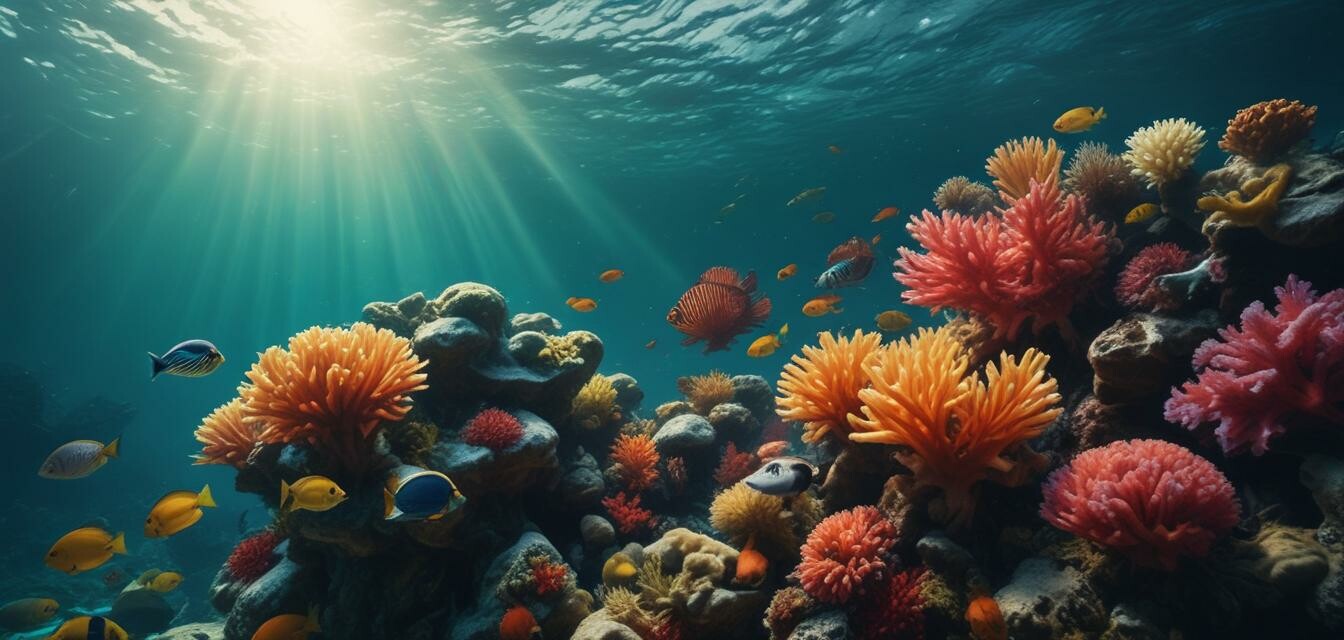
Mastering Composition in Underwater Photography
Key Takeaways
- Understanding the principles of composition enhances your underwater imagery.
- Utilizing leading lines and the rule of thirds can dramatically improve your photos.
- Lighting plays a crucial role in underwater photography; consider natural light and artificial sources.
- Practice patience and observe your surroundings to find unique compositions.
- Incremental adjustments to your shot can lead to better framing and detail capture.
Underwater photography is a mesmerizing art that combines the beauty of marine life with technical skill. Mastering composition in this unique environment can elevate your images from ordinary snapshots to stunning works of art. This article will guide you through advanced composition techniques specifically tailored for underwater settings.
Understanding Basic Composition Principles
At the heart of great photography lies the principles of composition. Here are some fundamental concepts every underwater photographer should know:
- Rule of thirds: Divide your frame into nine equal parts and place points of interest along these lines or their intersections.
- Leading lines: Use natural lines found in underwater landscapes, like reefs or currents, to guide the viewer's eye through the image.
- Framing: Use elements of the scene to frame the subject – this can be coral branches, plants, or even a natural archway.
- Symmetry: While not always necessary, symmetry can create stunning visuals, especially with reflections in the water.
Utilizing Leading Lines and Patterns
Leading lines can help direct the viewer's eye to the main subject. In underwater photography, these lines can be natural formations or created by schools of fish swimming in a particular direction. Additionally, observe patterns in the environment, such as the repetition of shapes and colors.
Example of Leading Lines
| Type of Leading Line | Description |
|---|---|
| Rocks | Use the contours of underwater rocks to lead toward your subject. |
| Coral formations | Explore how coral can frame a subject, providing a natural guide. |
| Fish schools | Capture a dynamic shot of fish moving toward your focal point. |
The Impact of Lighting
Light is a powerful component of photography that is even more vital in underwater environments. The quality, direction, and source of light deeply impact your composition. Here are some tips to consider:
- Utilize natural sunlight when possible; timing your dives could enhance lighting during golden hours.
- Employ artificial lighting, such as underwater strobes, to alleviate the effects of distance and depth in your shots.
- Experiment with backlighting to create dramatic silhouettes of marine life.
Framing and Perspectives
Various perspectives can give depth and interest to your underwater shots. Try altering your angle or viewpoint:
Beginner Tips for Framing
- Get low to the sand for a unique angle on subjects.
- Pull back to include broader scenes and context.
- Experiment with close-ups for detailed textures.
Patience is Key
Last but not least, patience is paramount in underwater photography. Surroundings can change rapidly, and allowing time to study the environment often leads to unexpected and beautiful compositions.
Pros
- Enhances visual storytelling through compelling compositions.
- Increased ability to capture fleeting moments and emotions.
- Provides a learning opportunity and creative expression.
Cons
- Requires practice to master
- May need supplementary equipment for ideal conditions
- Potential risk associated with extended underwater exposure
Further Resources
To expand your knowledge and refine your skills, consider exploring additional resources:
- Buying Guides: Explore equipment that best suits your underwater photography needs.
- News: Stay updated with the latest trends and technologies in underwater photography.
- Tips and Techniques: Discover expert tips to improve your underwater shots.
- Lenses for Underwater Photography: Understand which lenses elevate your photography to the next level.
By mastering these composition techniques and remaining patient, you’ll find the underwater world a rewarding landscape for your photography skills. Dive in, practice, and capture the extraordinary!

